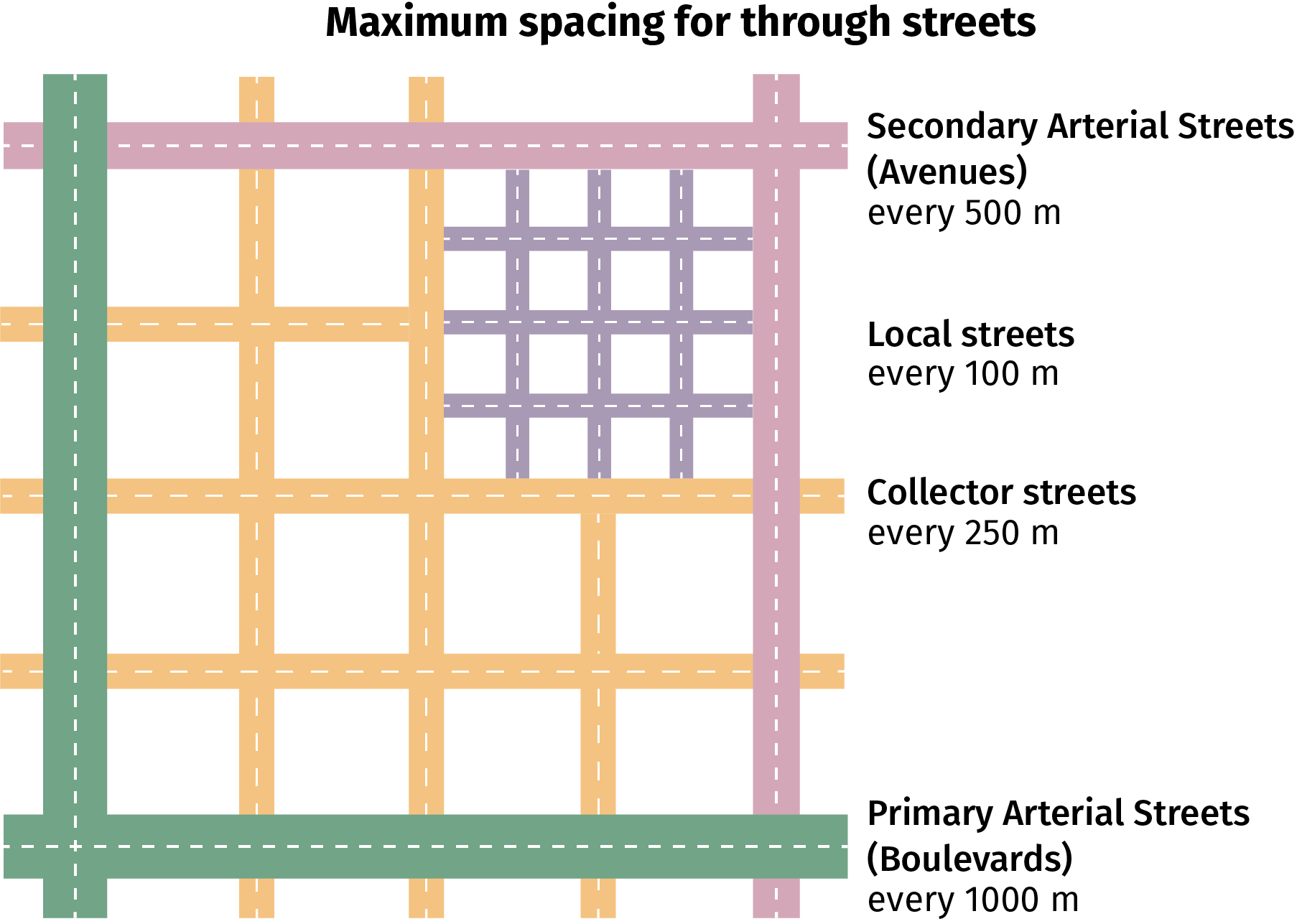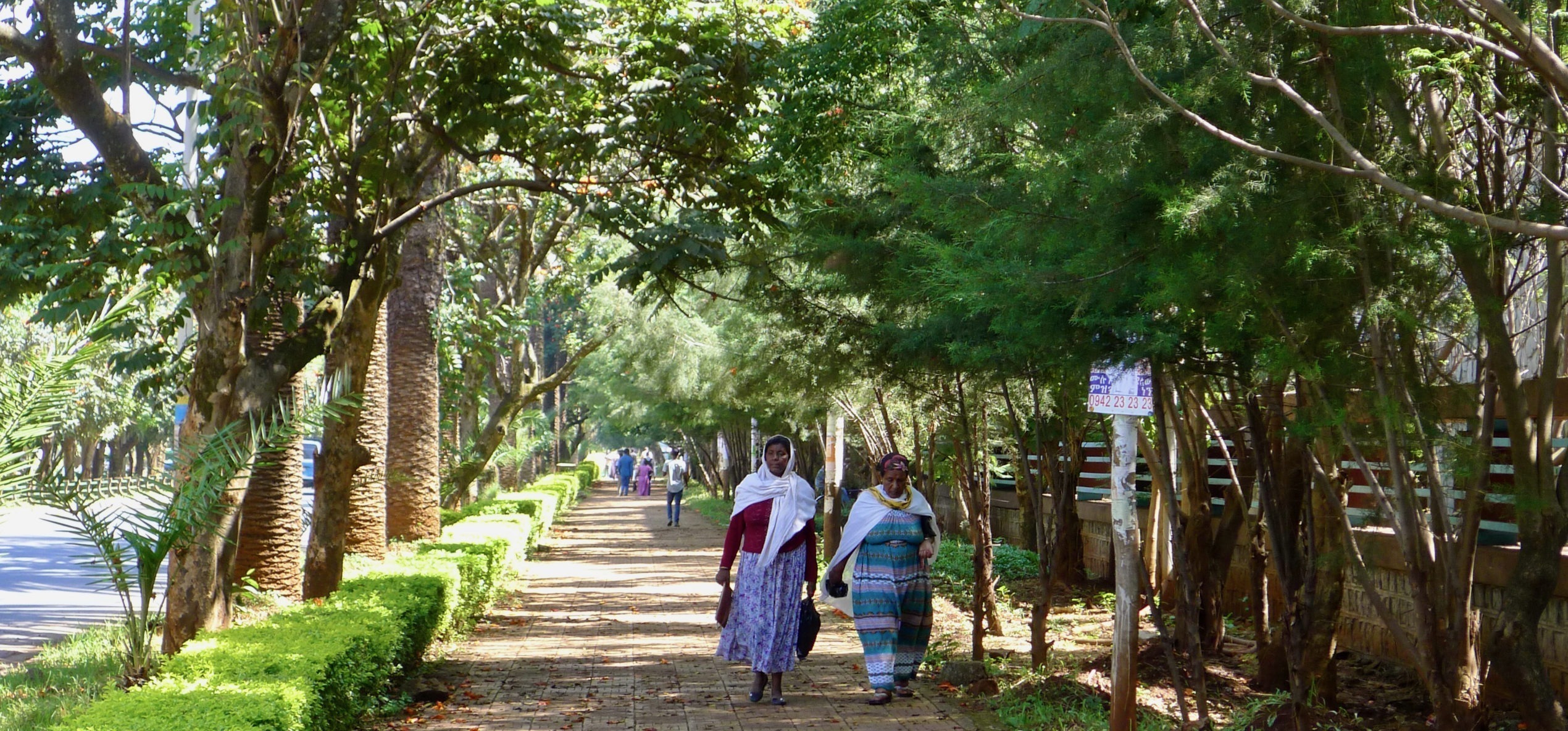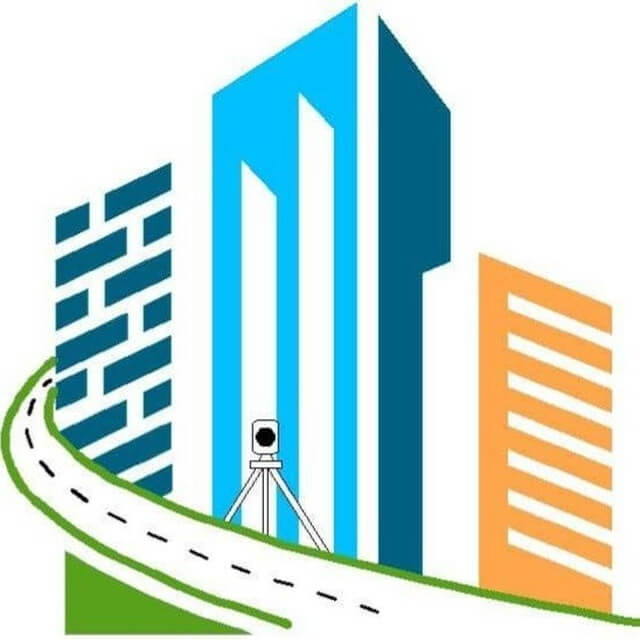Unfortunately, streets are often designed to maximise the amount of space for motor vehicle movement. Yet vehicle movement doesn’t ensure efficient mobility. Mobility is about getting people to where they want to go, efficiently, conveniently, and safely. This can be provided through high-quality, high capacity public transport.

Road widening, flyovers, and elevated highways reduce congestion temporarily. The available road space initially increases speed and comfort thereby encouraging motorists to travel more often and take longer trips. More and more users take to the route until the wider road returns to its original level of congestion—but with significantly more vehicles stuck in traffic.
The only viable long-term solution for ensuring efficient mobility is to build high quality facilities for public transport and non-motorised transport. These modes can carry large numbers of passengers without an exponential increase in road space requirements. In most cases, an appropriate solution is bus rapid transit (BRT). A single BRT lane with articulated buses can carry 14,000 passengers per hour per direction (pphpd), and if passing lanes are added at stations, the capacity increases to 45,000 pphpd. The same lane can carry 800 cars per hour—only 1,200 to 1,600 persons at typical occupancy rates—assuming that the lane receives one half of the signal time at intersections
Safe streets mean moderate vehicle speeds, provision of pedestrian and cycle infrastructure that is physically separated from motor vehicles on large urban streets and vehicle speeds restricted to 15km/h for shared streets.


Streets should be designed as inclusive places for women, children, the elderly and the disabled. Of particular concern in the context of street design is the level of safety and security that female users experience. Mixed activity along the streets supports the flourishing of adjoining economic activities and services and the establishment of new business enterprises thereby creating jobs, and wealth. Vibrancy, walkability and ease of movement brings the streets to life.

An integrated and safe transport system provides access to education, work, health care, cultural, and other important activities that are crucial to women’s participation in the society.
